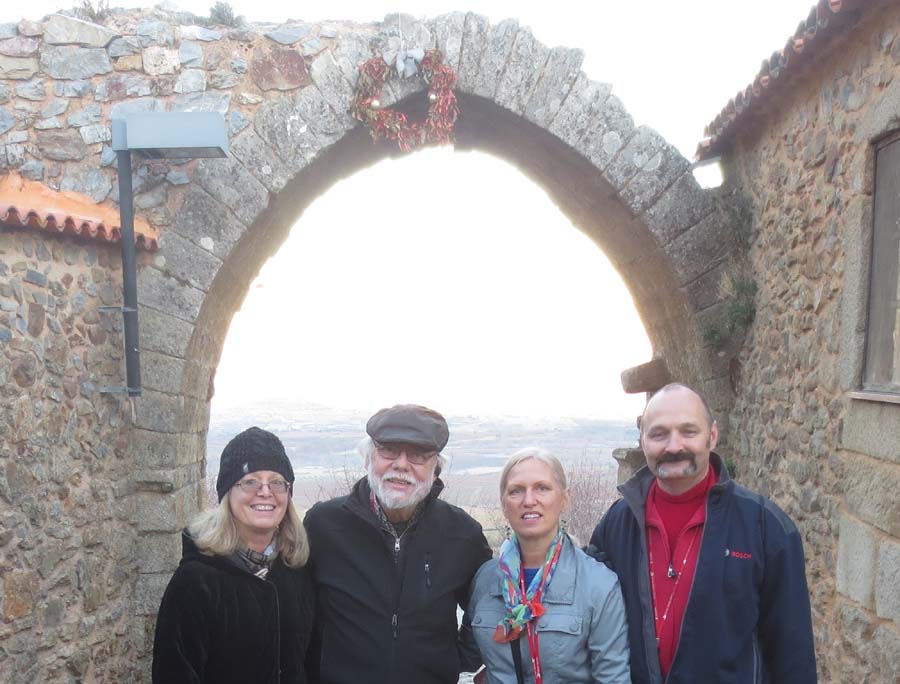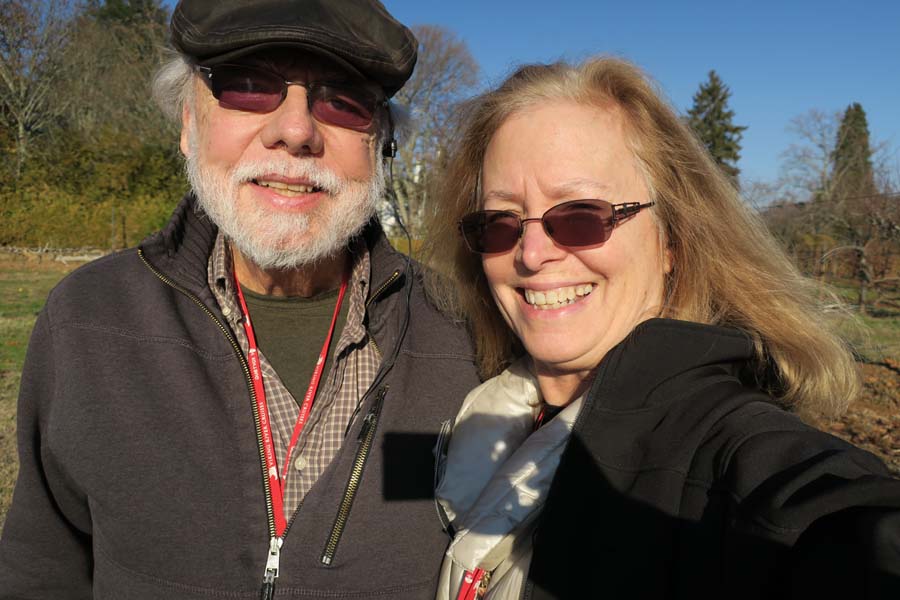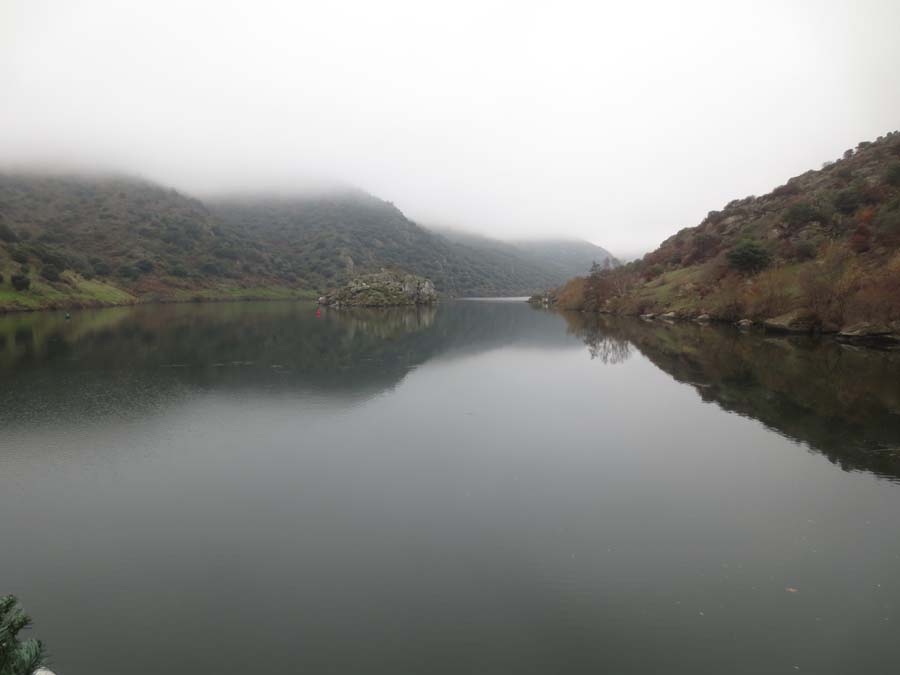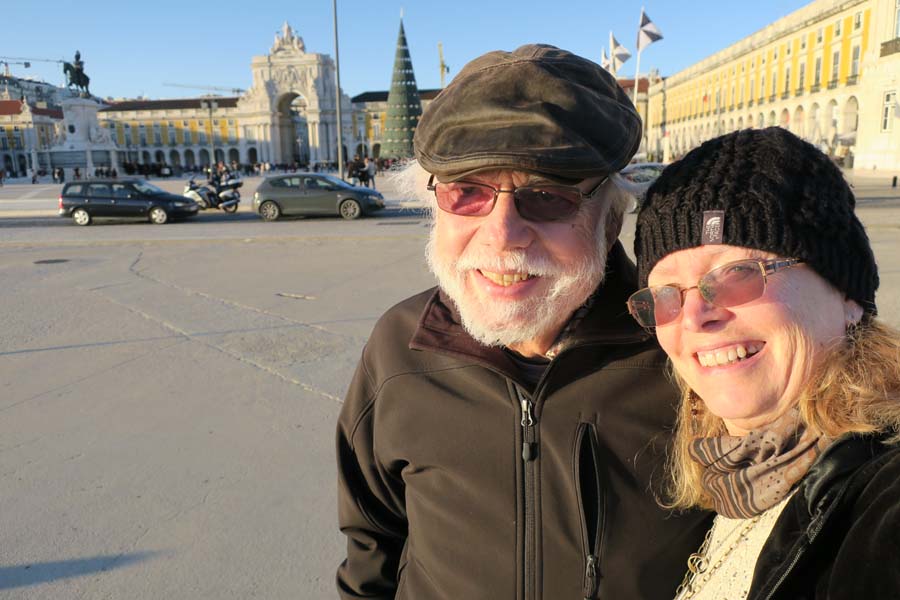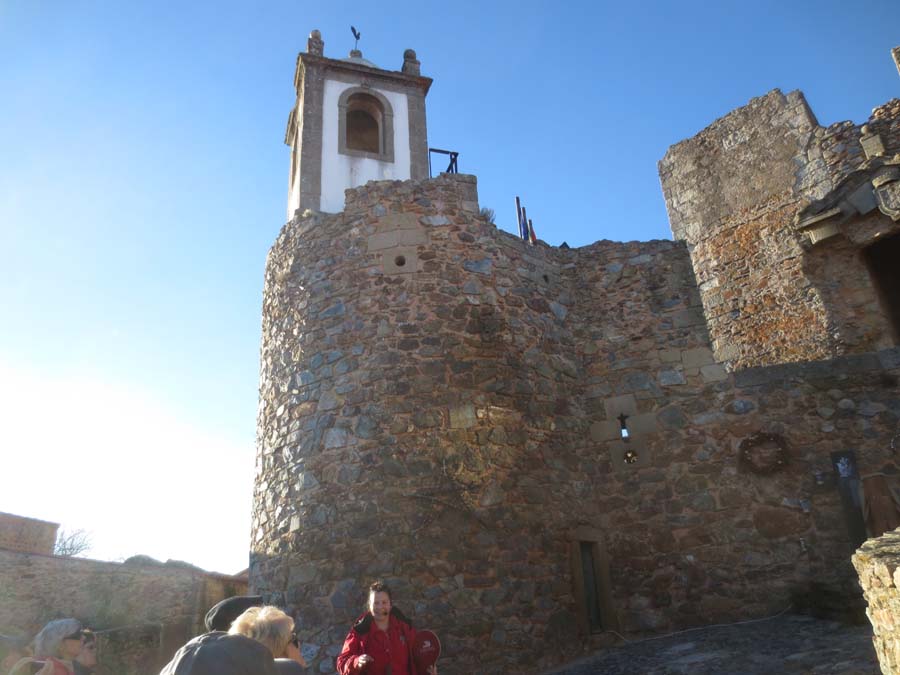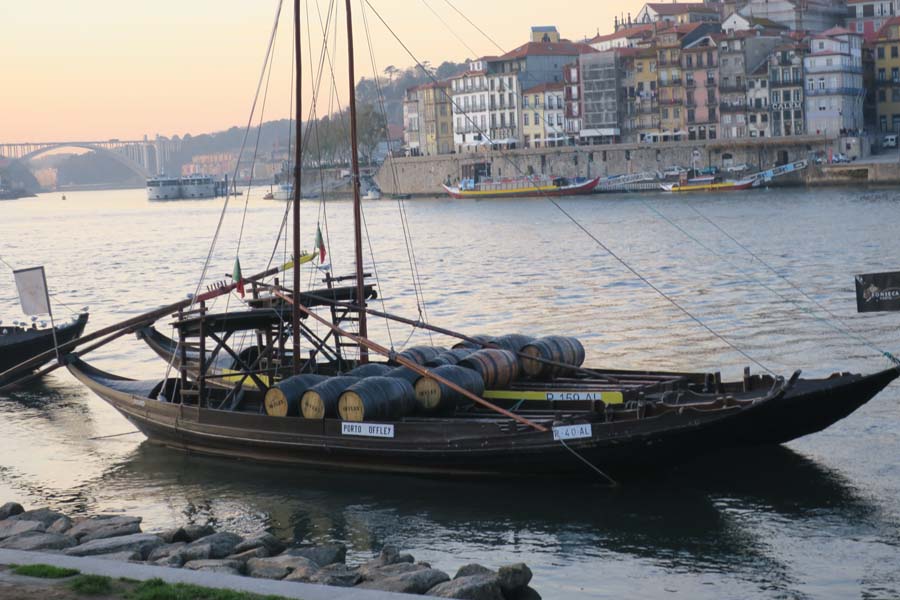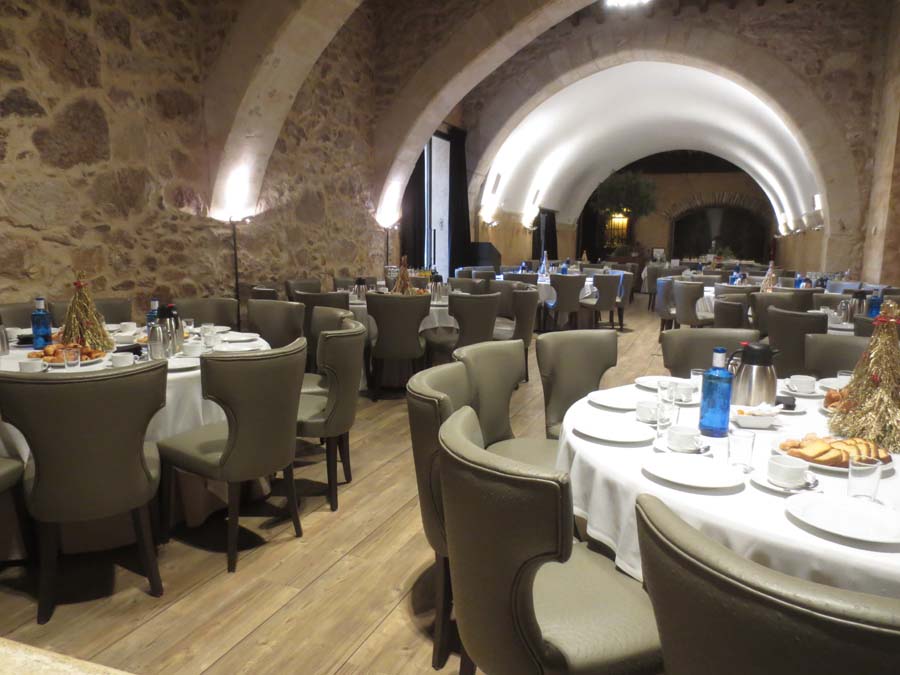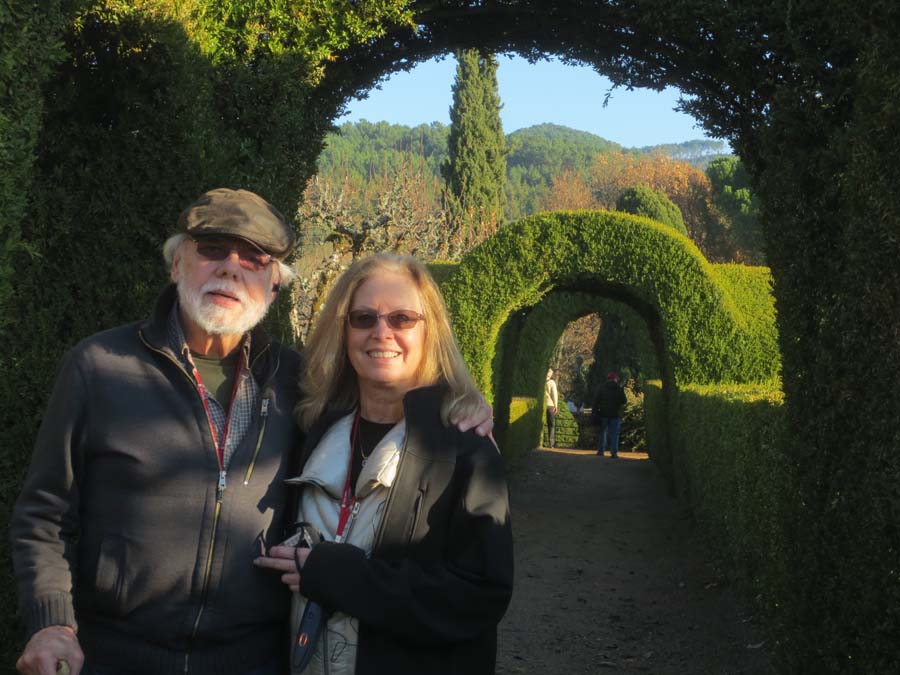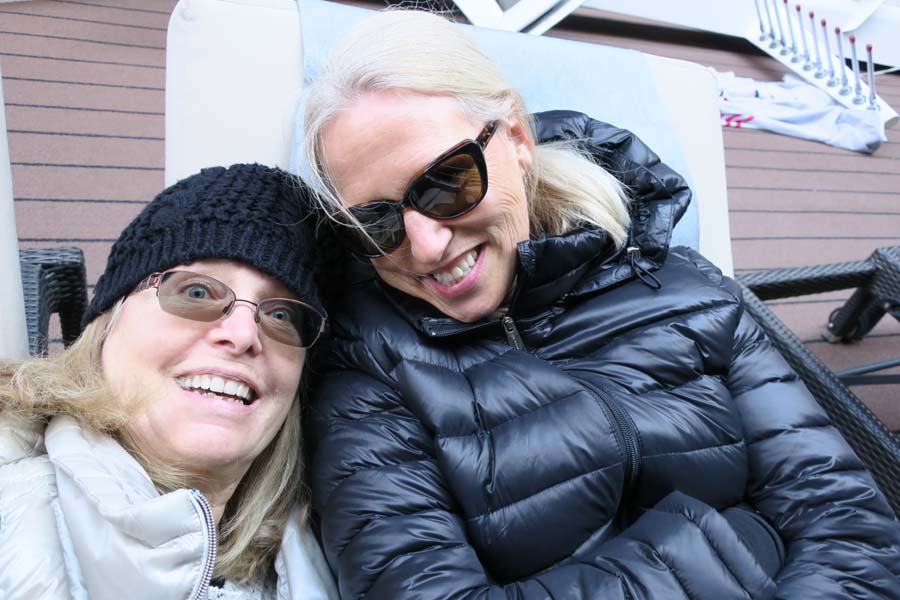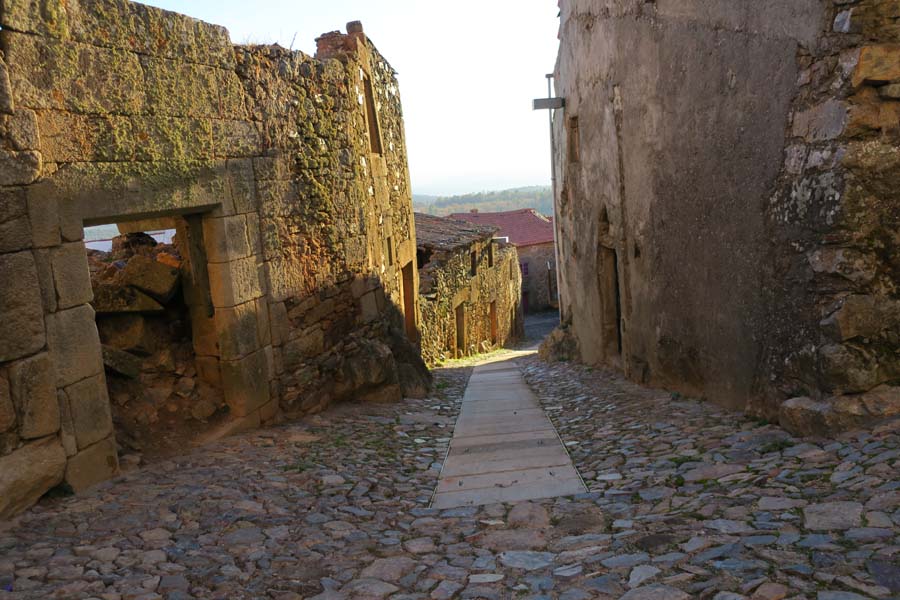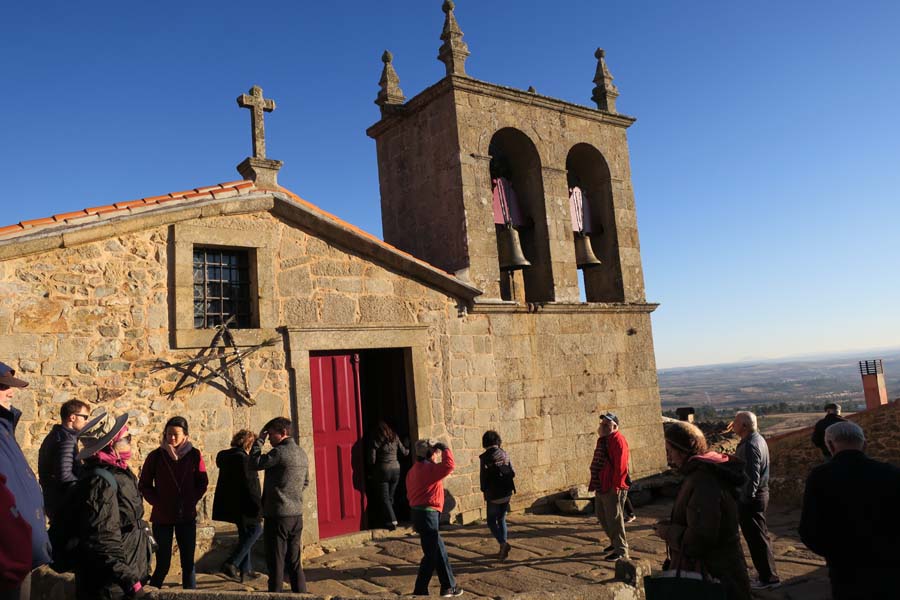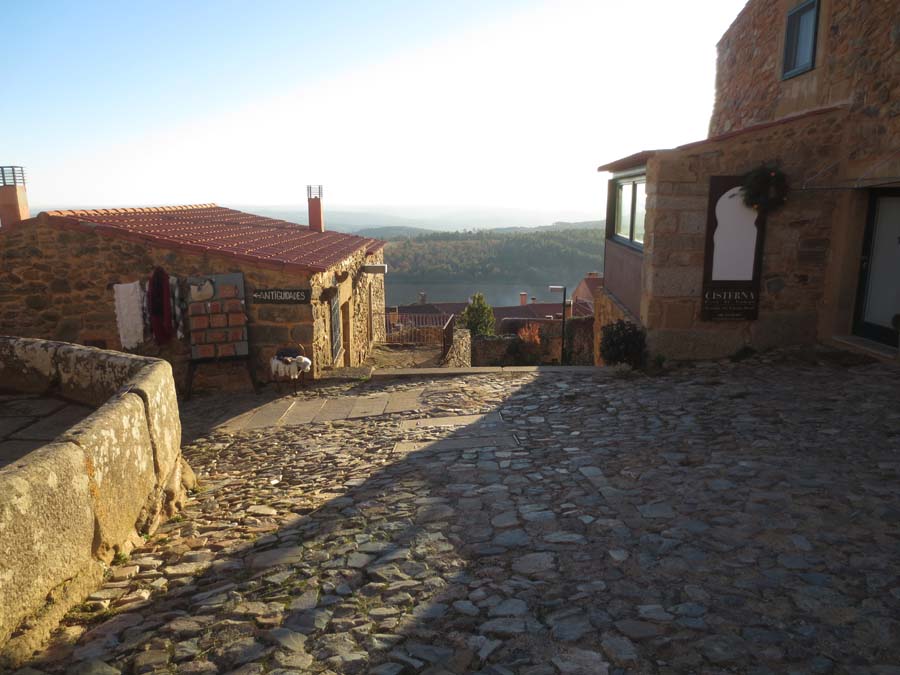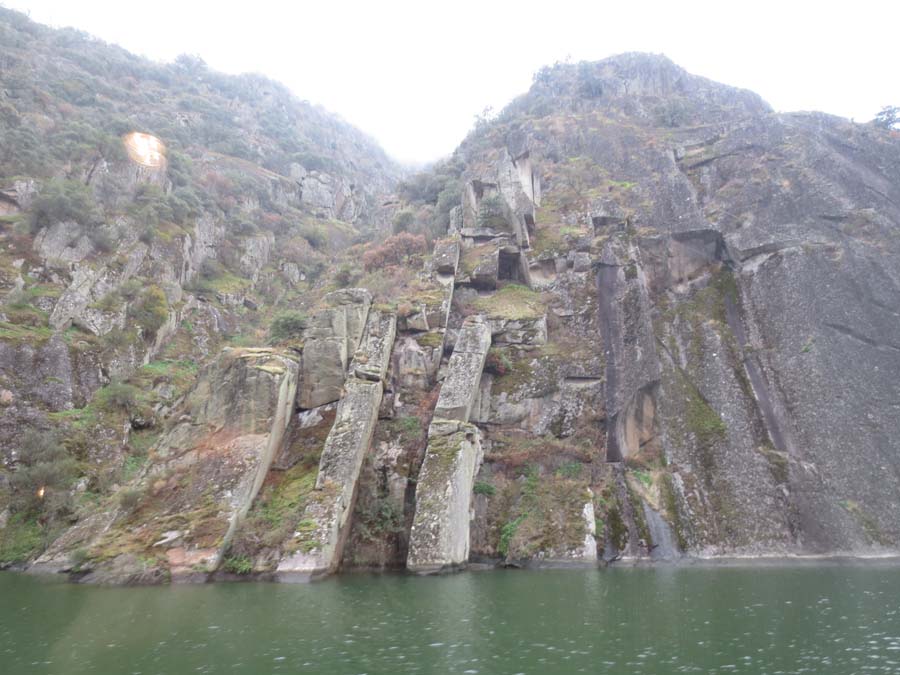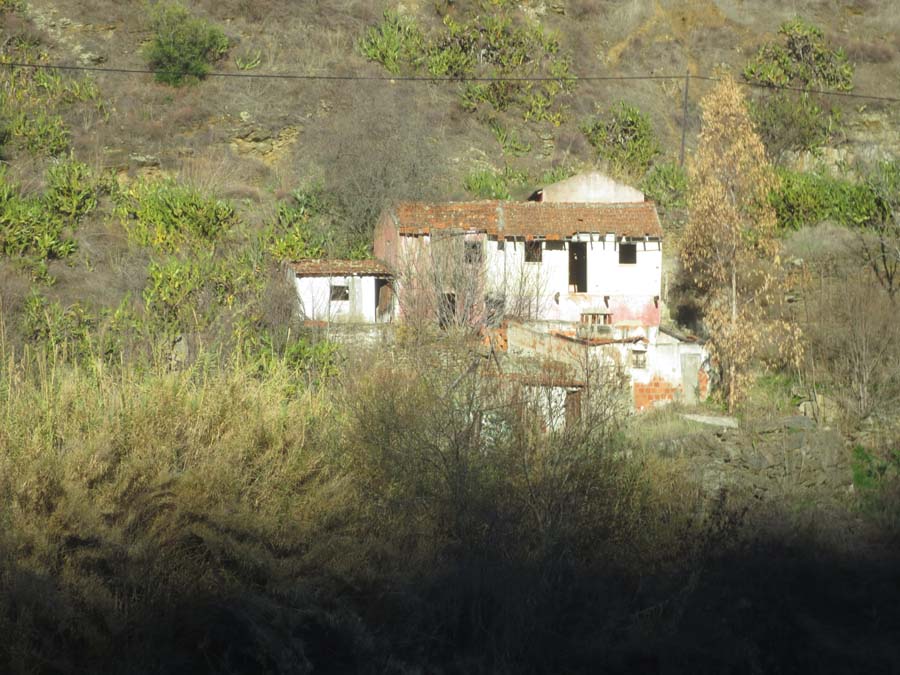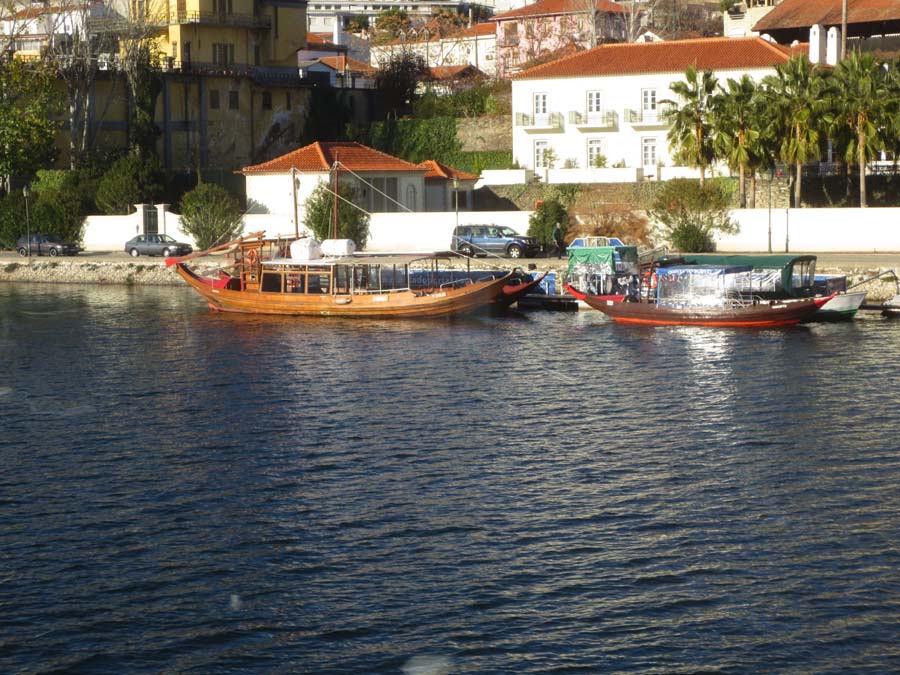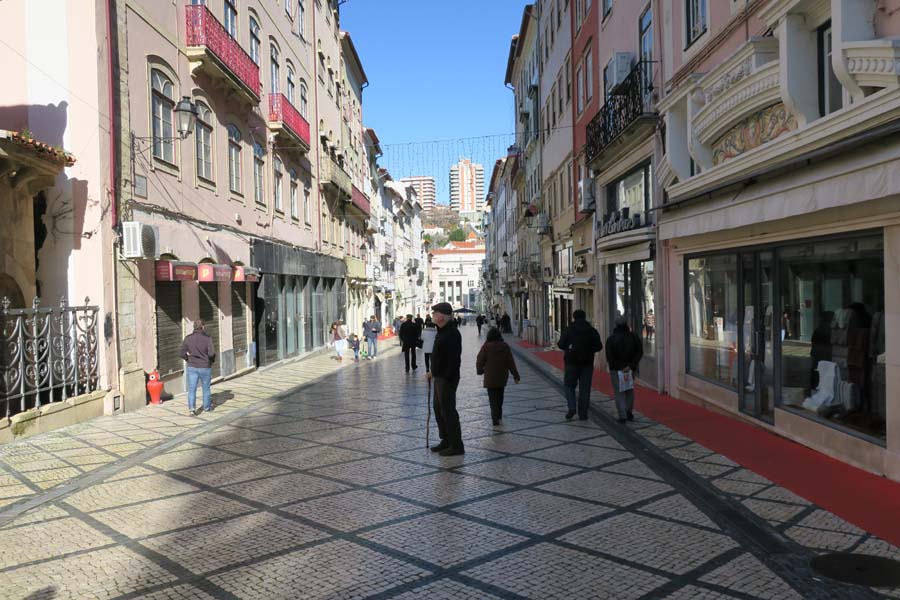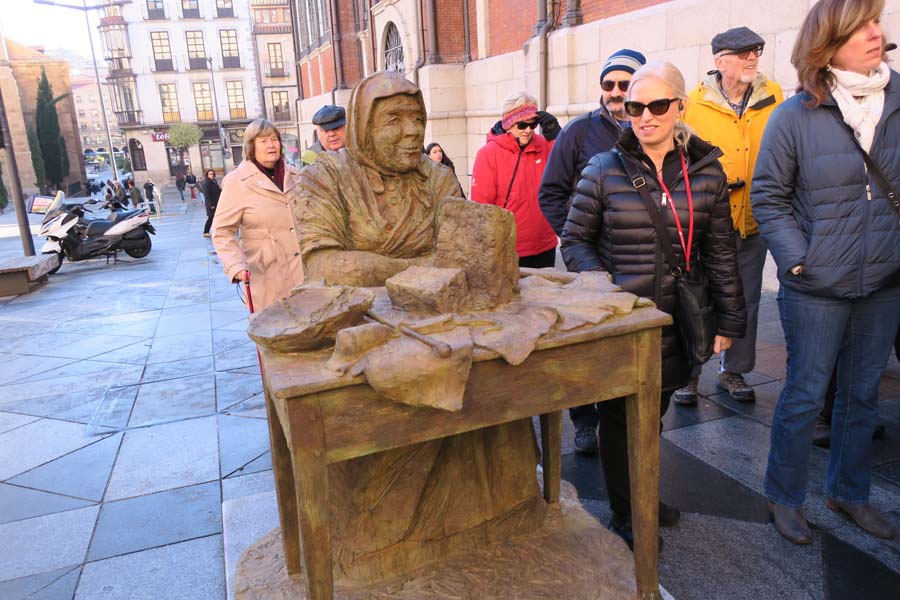Visiting Portugal on |
Portugal Not one to slumber well on airplanes, I was surprised to find that, after three hours of watching boring movies and eating a marginal TV style dinner, a two hour jump of time on my wrist watch could only mean that I actually fell asleep while sitting up with knees pressed tightly against the seat in front of me. Time again passed and soon we were landing in the beautiful city of Paris France. Not to stay but to scurry to the flight which would bring us to our final destination – Lisbon Portugal. Here we debarked, met a nice young man with a heavy British accent who introduced himself as the one who would escort us to our lovely Trivoli 5 star hotel. Here, on our first evening, we roamed the ancient streets in the older section of the city and found a nice little neighborhood restaurant that served the fish called the “Bream”. We had never heard of it but were assured that we would love their preparation of it. It was one of the best fish meals I have ever had. The fish, a vegetable, a roll, 2 beers and a nice bread pudding dessert, came to a whopping 10 Euros. The following day, we walked a mile to the oceans edge, and had a Portuguese Steak at an ocean side restaurant. The Portuguese Steak is steak swimming in a sauce with a fried egg atop. Strange but quite good. Leaving this ancient city after two days of exploring the area, we boarded a tour bus that would bring us to Portugal’s second largest city, Porto. On our way, we stopped in the majestic village of Coimbra, the birthplace of six Portuguese kings. Rambling through the old cobblestoned walkways, we would come upon a Dixieland Band playing tunes familiar to our American ears and passed other musicians playing their own native songs. Then we had lunch at a wonderful restaurant that had us listening to a couple of very skilled musicians – one played the Portuguese Guitar remarkably well. Then, again, on our tour bus, we were soon in Porto. Here, before departing in our Hemming long boat, we could explore Porto’s historic and quaint Ribeira district, one of the oldest areas in Europe and home to Portugal’s iconic rabelo boats. Porto is known as the city built on Port, a fortified wine for which it is named. Here I could wander the maze of steep, narrow streets, aptly situated on the “River of Gold”. And now we unleash our Viking vessel from its moorings. We are now floating past steeply terraced hillsides, quaint villages and acres of vineyards, while enjoying a nice dry martini, winding our way through the dramatic landscapes seen from our Viking ship nicely maneuvering the twists and turns of the narrow Douro River. Daily, we head ashore to visit charming little villages along the way. There can be few things more pleasant than relaxing with drink in hand while taking in the breathtaking scenery within the Douro Valley. Soon we port in Lamego where we find ourselves entering comfortable tour buses that will take us, first to Casa de Mateus Palace & its Gardens, a beautiful baroque structure that is home to a marvelous collection of paintings, furniture and loads of books. Later that day we visited the Quinta do Seixo estate. Set on the South Bank of the Douro River, between the city of Regua and the village of Pinhao, this large estate is one of the most traditional and well-known wine-producers in the region. After touring its plant and sampling its port, we head back to our boat, no longer near the shores of Lamego, but now having docked in Pinhao. Soon, a wonderful martini in the lounge and then dinner. Later that evening, we attended a performance provided by a Portuguese Academic Folk Music Group featuring “Imperiolis Serenatum Tunix”, a group of college students whose previous alumni formed the group in 1995. Our next destination would be Pocinho, which we reached in the early afternoon of the next day. Here we left the boat, boarded our tour bus to view the breathtaking countryside and visit the hilltop Castelo Rodrigo, a tiny medieval fortress town that time seems to have forgotten. During out time here, our ship made its way toward Barca d’Alva, the last village along the Douro River before entering the Spanish border. Arriving back to our ship in Barca d’Alva, we see a village surrounded by picturesque mountains, olive groves and vineyards. This evenings dinner had us enjoying, perhaps, the best rack of lamb I’ve ever had while . Later that evening we endured the dancing of three, past their prime, flamenco dancers. A restful night brought us into a new morning. After our customary breakfast, we, again, boarded our tour bus and took a shore excursion to visit Salamanca, Spain’s oldest University City. It’s University was founded in the 1100’s. We strolled around the historic quarter on beautiful cobbled streets, visiting the ancient University as well as two of its old cathedrals. On recommendation, we stopped at a famous chocolate shop to partake in a nice hot mug of their famous hot chocolate. It was so rich that, had it not been so delicious, I could not have finished it. But, of course, I did finish it. The liquid was so dark and thick that I thought of it more like a runny rich dark pudding. We returned quite late back to our boat. Hardly time for our habitual stop in the lounge before our wonderful nightly dinner. Next day, Ramona and I decided to skip the daily excursion and, instead, enjoy our time cruising while others left boat prior to its setting sail from Pocinho to our next destination, Pinhao. This being the epicenter of the Douro wine region, we could see amazing scenery with slopes that seemed to drop into the river and view many white wine estates known as “quintas”, along our journey. Wine growers over the centuries have sculpted terraces (without the help of modern machinery).I was told that many still prune, harvest and stomp the grapes by hand – or, perhaps, foot. And now, our final full day of cruising the Douro River. We sailed away from Pinhao, stopping for a short time in Folgosa where we bused to Lamego to taste its local culture. Lamego is an ancient city hidden in the mountains which was heavily fought over by the Moors and Christians, where it was finally claimed as a Christian stronghold in 1057 by Ferando Magno, the great-grandfather of Portugal’s first king. Then, back to the boat, which we find has found its way to the village of Regua. We board the boat and then journey on to Porto, the city we original sailed off from. |
Click on a picture for full view
|
